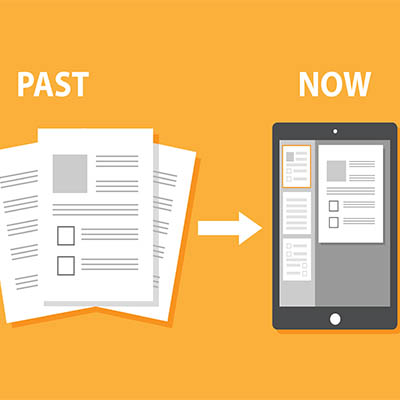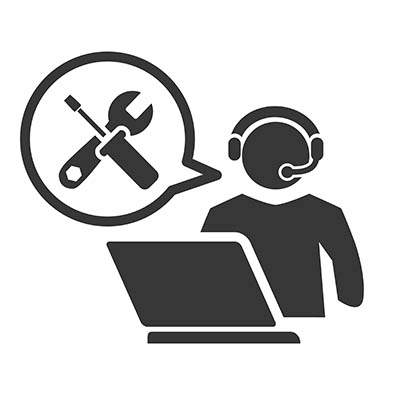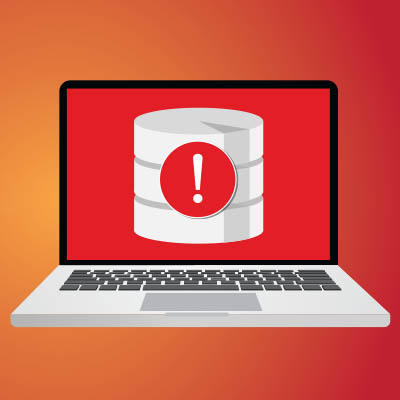When we discuss business continuity, the generalization “disaster” could mean just about anything that halts normal business operations. How does your organization respond to an actual disaster, one that can potentially destroy your business completely? Let’s take a look at some of the ways your organization can prepare for these circumstances to keep your organization from an unfortunate demise.
Your landline telephone may have once been a prominent part of your business’ communication infrastructure, but chances are that it’s fallen on hard times since you last used it. In fact, you might be surprised to find that there are quite a few arguments against using a landline for your organization’s phone system, especially with more modern tools eclipsing it in usefulness.
Businesses use a lot of technology to keep themselves competitive and operationally efficient. One way that organizations use to make their technology infrastructure more accessible is through the use of virtualization. Let’s discuss what virtualization is, how it benefits businesses, and some examples of how you might consider leveraging virtualization to your company’s benefit.
We don’t believe for one second that employees want to do the wrong thing; after all, they work for you for a reason, that reason being they want to do the job you hired them to do. Unfortunately, technology can often make it so that this process becomes difficult. If you don’t invest time and effort into ensuring that your team’s technology and resources are available when they need them most, you risk them choosing unproductive or even unsecured work methods.
Paper documents have always been a major part of doing business, whether it’s signing contracts between you and your clients or employee paperwork from when you make new hires. The thing with paper documents, however, is that they can take up a ton of space in filing cabinets, and depending on your habits, they can quickly become unorganized.
Discord is not considered a business-grade solution, but it does have some merits in terms of communications and collaboration. Let’s discuss some of the ways that this platform can be used to help your business. After all, there is a reason why it’s so beloved with its user base, so maybe you will find some value in it.
It comes as no surprise that IT maintenance and management is a pain point for small businesses. Perhaps they don’t have the resources to perform in-house maintenance because they lack the funds to hire trained technicians, a practice which leads them to rely on existing resources to make it happen. Unfortunately, this leads to inconsistent maintenance at best, a practice that can be both dangerous and wasteful in the long term. We’re here to tell you that not only is proactive maintenance important, but that remote maintenance is the best way to make it happen.
Businesses have long used telephony solutions of some sort, but the traditional landline is an archaic piece of technology in the modern office. You can take your organization to the next level with a more dynamic and flexible solution, one that has the same features without all of the headaches associated with traditional telephone systems. A Voice over Internet Protocol (VoIP) solution can completely change your communications for the better.
Microsoft Excel is a great tool to organize data into spreadsheets, but it’s kind of a tricky beast to master. As is the case with most software programs, you can add an extra level of mastery to your skillset by having a full understanding of keyboard shortcuts. We’ve listed some of the most common shortcuts that you might use during your day-to-day duties in Microsoft Excel.
With every new day comes a new data breach that exposes the personal data of countless people. The most recent in this troubling trend is the LinkedIn data breach, an event that exposed 700 million profiles and led them to be put on sale on a hackers forum. LinkedIn denies the data breach, but how much truth is in this statement? Let’s take a closer look.










